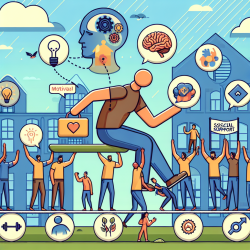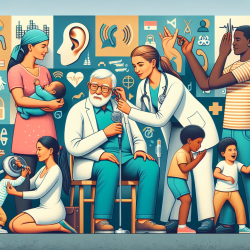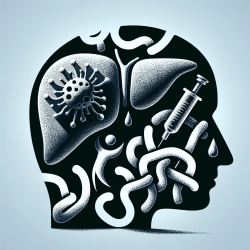Understanding the Impact of Psychosocial Factors on Physical Activity
The recent study titled Relationship between Psychosocial Factors and Physical Activity among Undergraduate Students from a South African University provides crucial insights into how psychosocial factors influence physical activity among university students. This is particularly relevant for practitioners in the field of speech-language pathology and therapy, as understanding these factors can enhance therapy outcomes.
Key Findings from the Research
The study involved 534 undergraduate students and assessed various psychosocial factors, including mental health, motivation, and social support, using validated scales. The findings revealed that:
- Approximately 29% of students were physically inactive.
- Physical activity was positively related to stress and anxiety.
- Motivational factors were linked to psychological conditions and others' expectations.
- There was no significant correlation between social support from family and friends and physical activity levels.
Implications for Practitioners
For practitioners, these findings emphasize the importance of considering psychosocial factors when designing interventions. Here are some actionable steps:
- Incorporate Mental Health Strategies: Recognize the role of stress and anxiety in physical activity. Implement strategies that address these issues, such as mindfulness or stress management workshops.
- Enhance Motivation: Develop motivational campaigns that encourage goal-setting and self-improvement. Use group activities to foster a sense of accountability and support.
- Leverage Social Support: While the study found no significant link between social support and physical activity, creating a supportive environment can still be beneficial. Encourage peer support groups and family involvement in therapy sessions.
Encouraging Further Research
While this study provides valuable insights, there is a need for further research to explore the complex relationships between psychosocial factors and physical activity. Practitioners are encouraged to participate in or support research initiatives that investigate these dynamics in different contexts and populations.
Conclusion
Understanding the interplay of psychosocial factors can significantly enhance therapy outcomes. By integrating mental health support, motivational strategies, and social support, practitioners can create more effective interventions that promote physical activity and overall well-being.
To read the original research paper, please follow this link: Relationship between Psychosocial Factors and Physical Activity among Undergraduate Students from a South African University.










